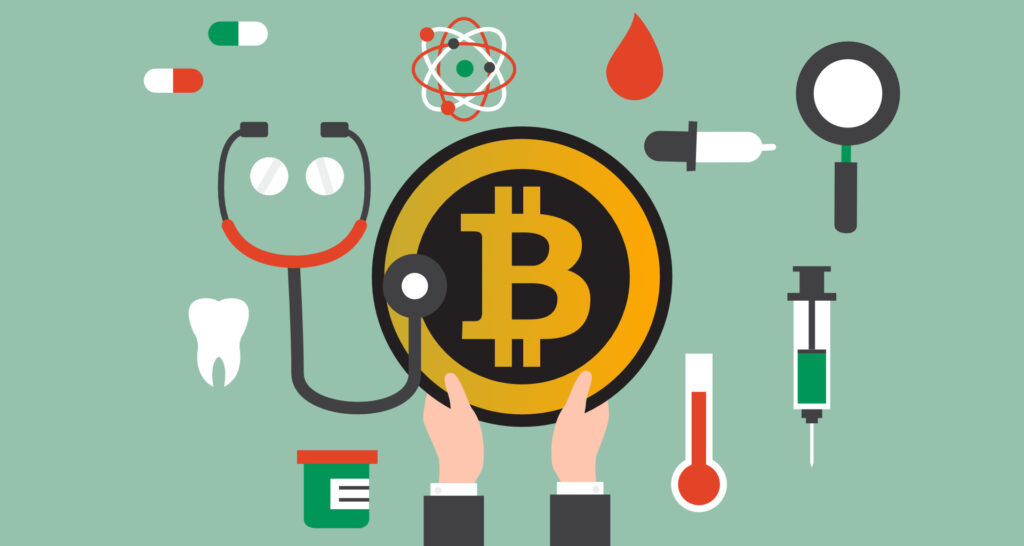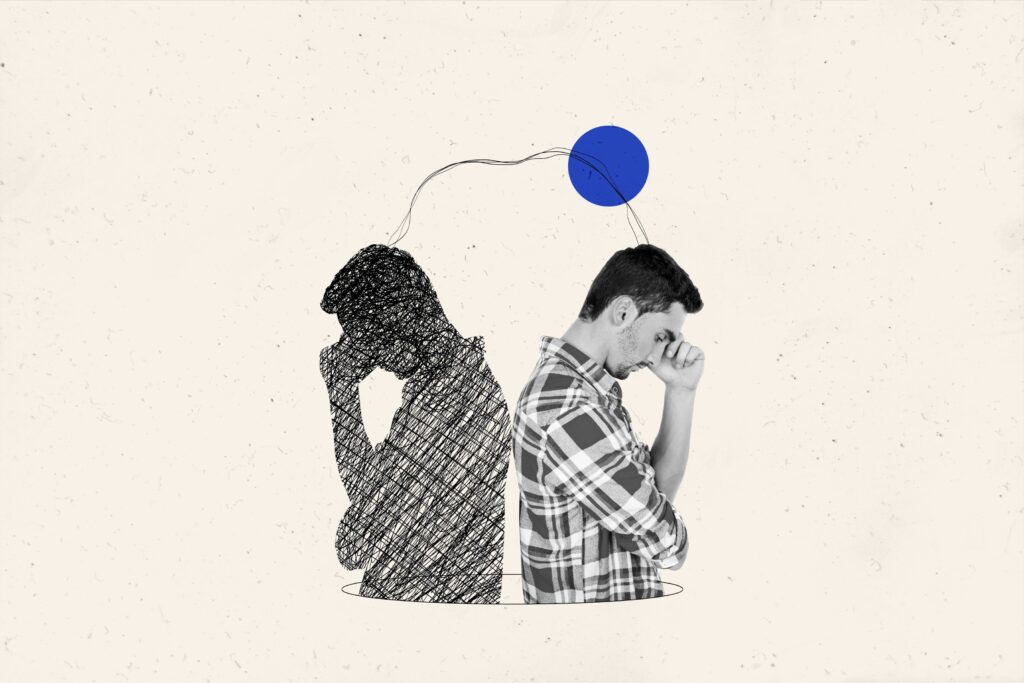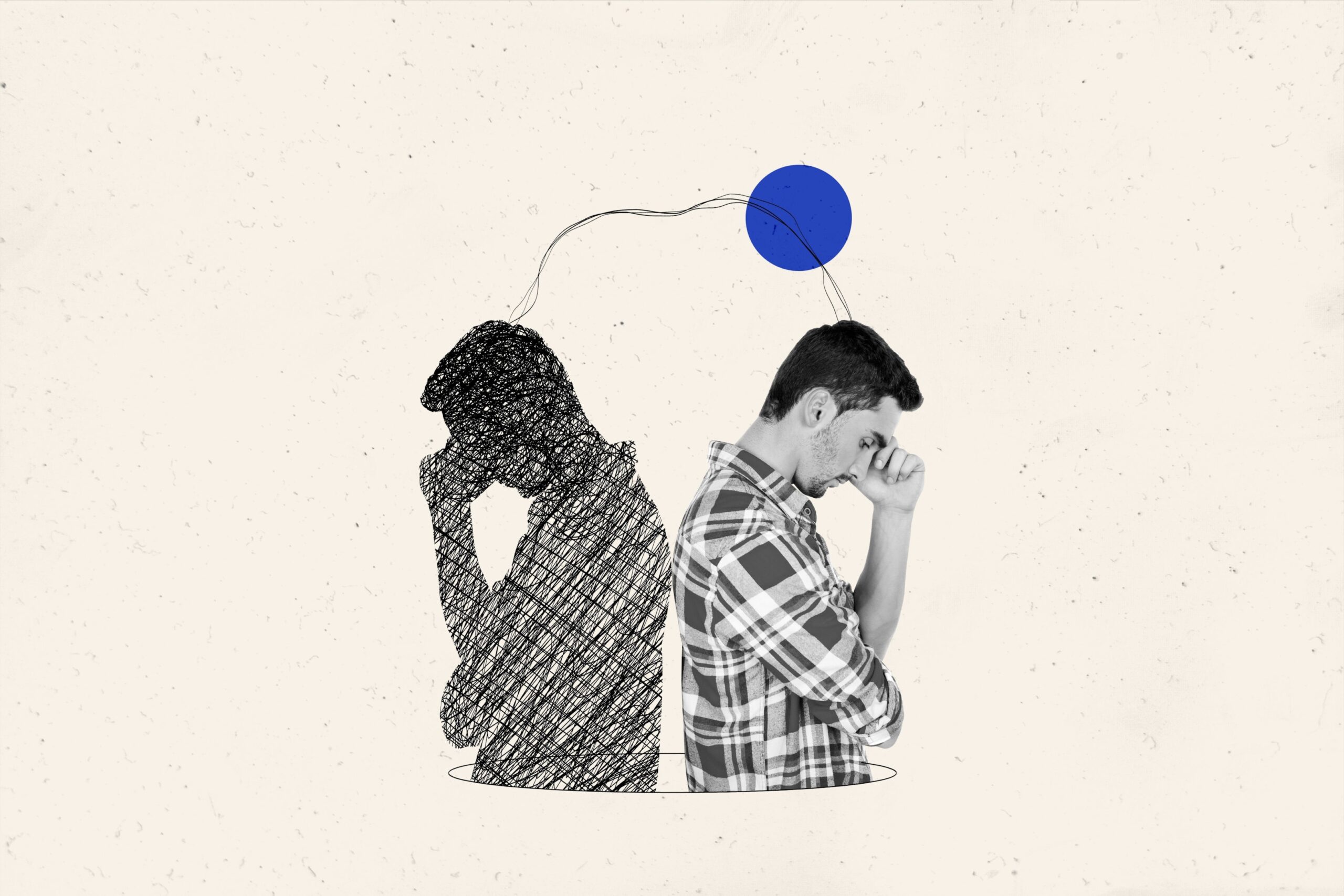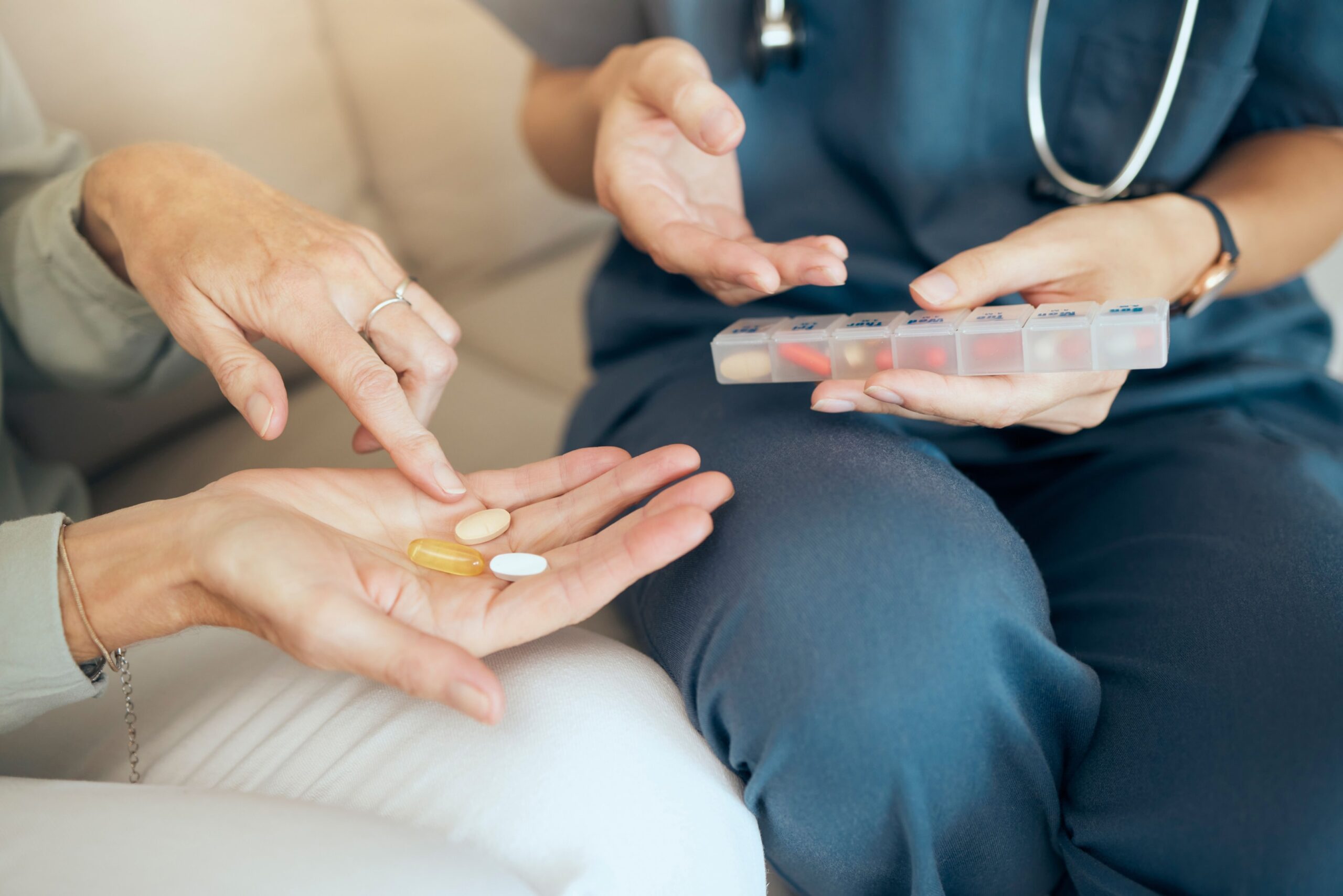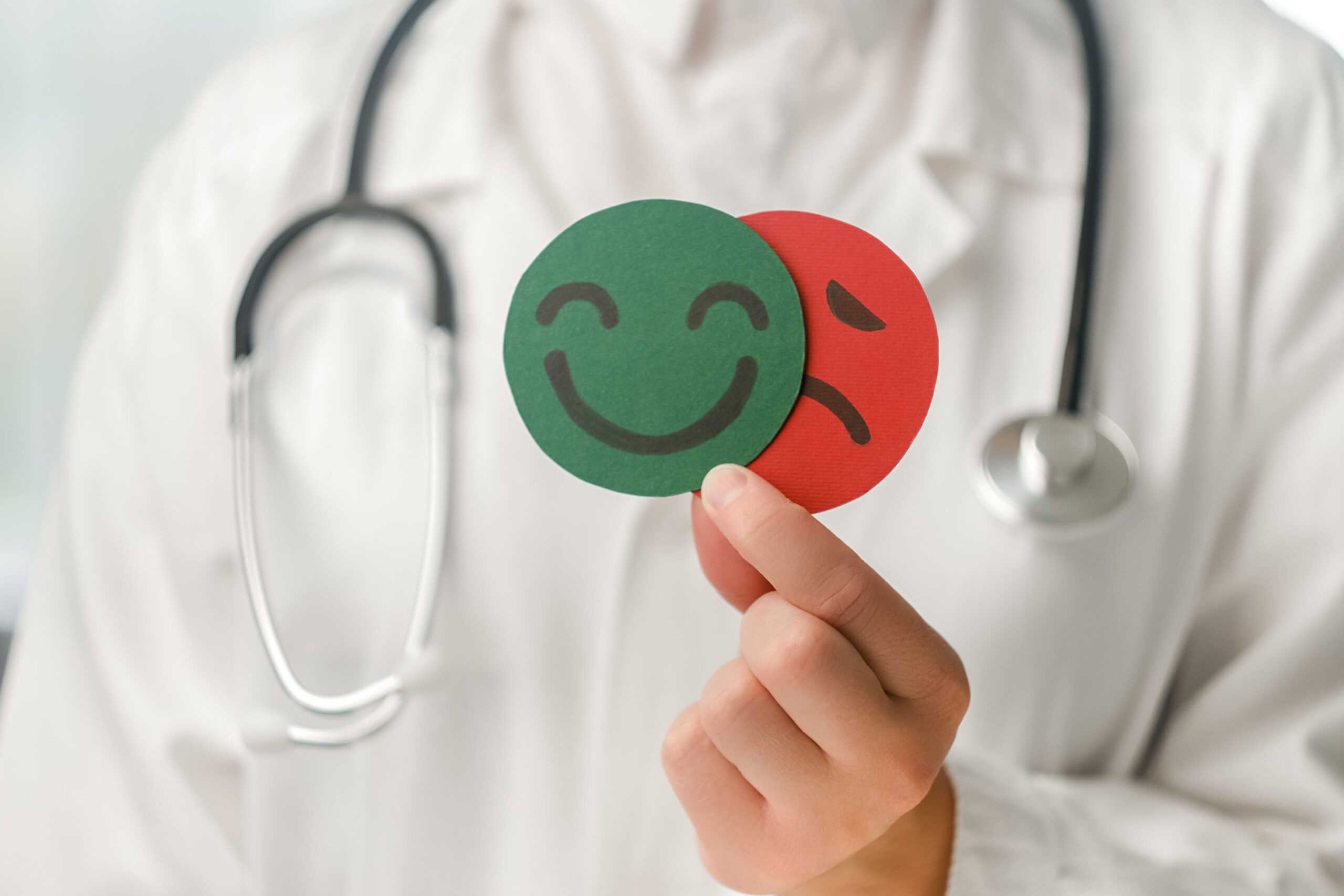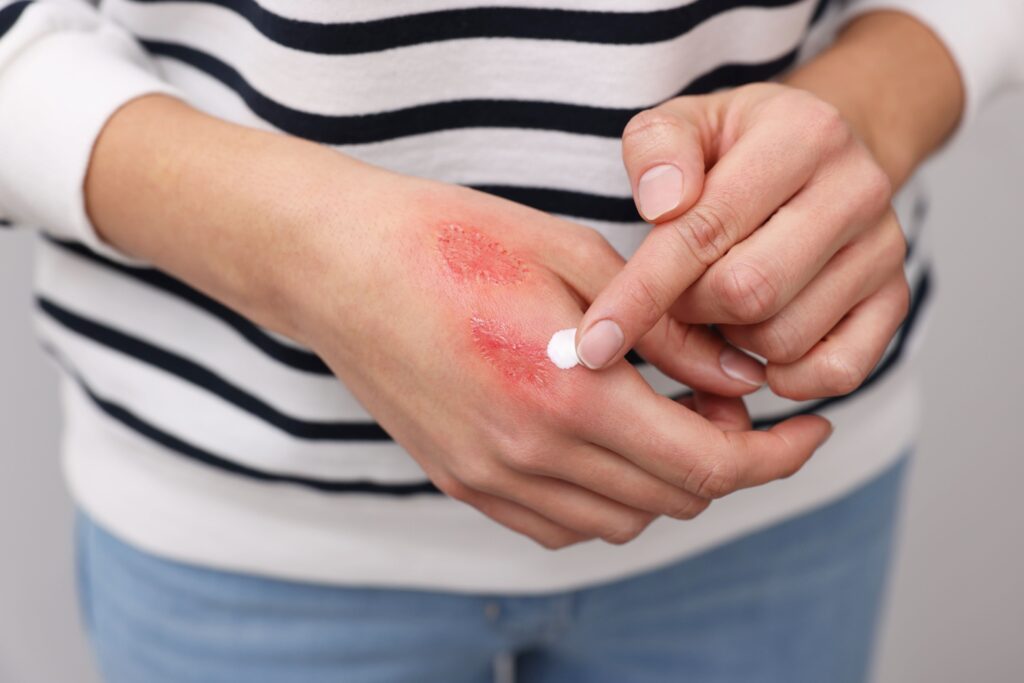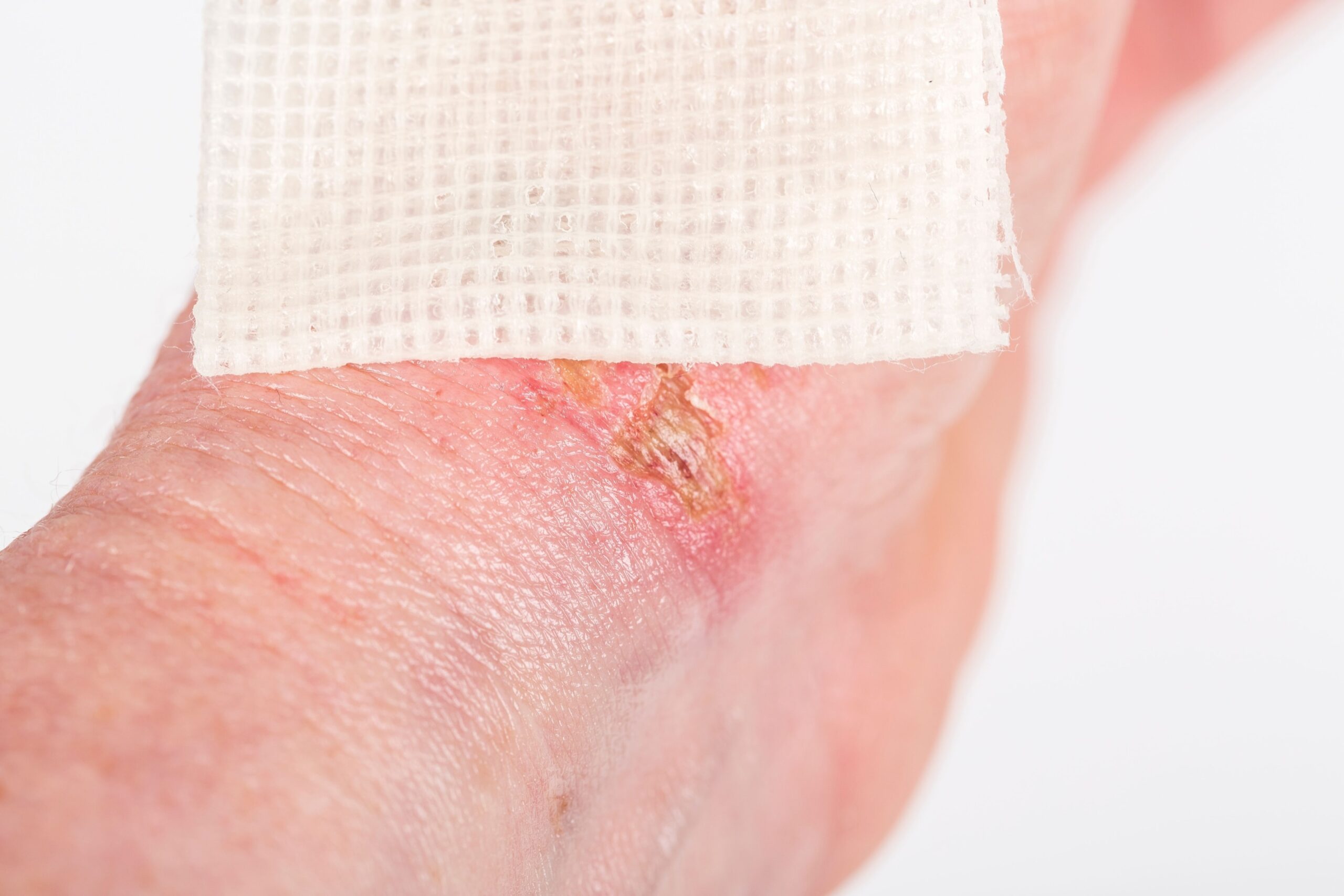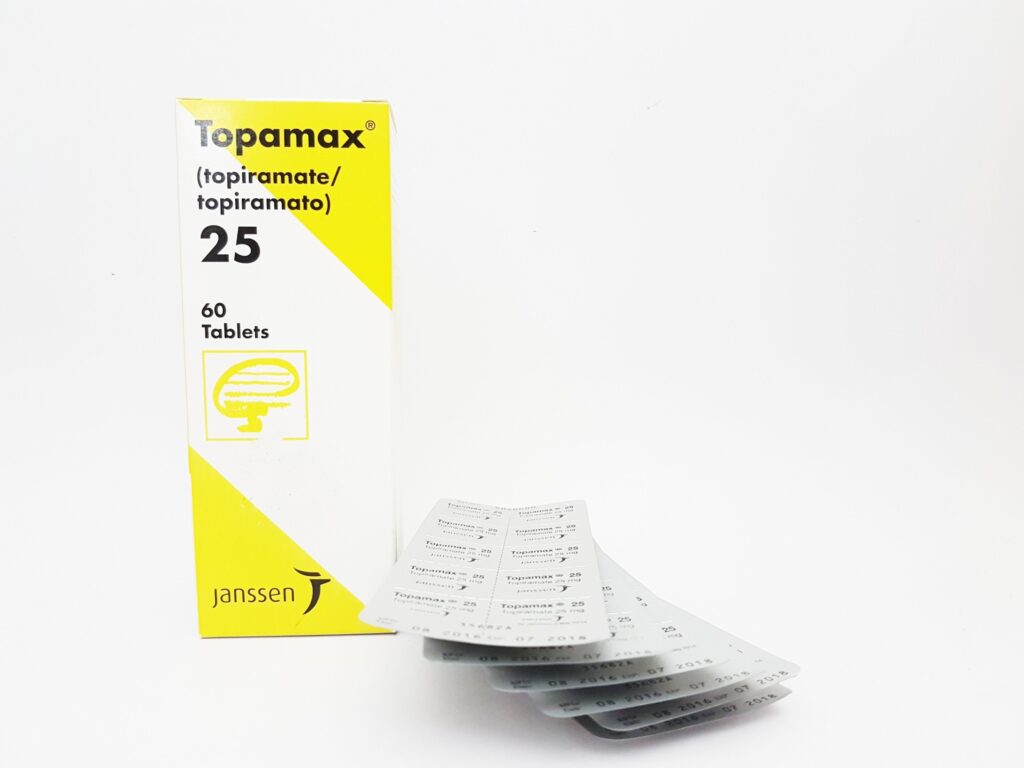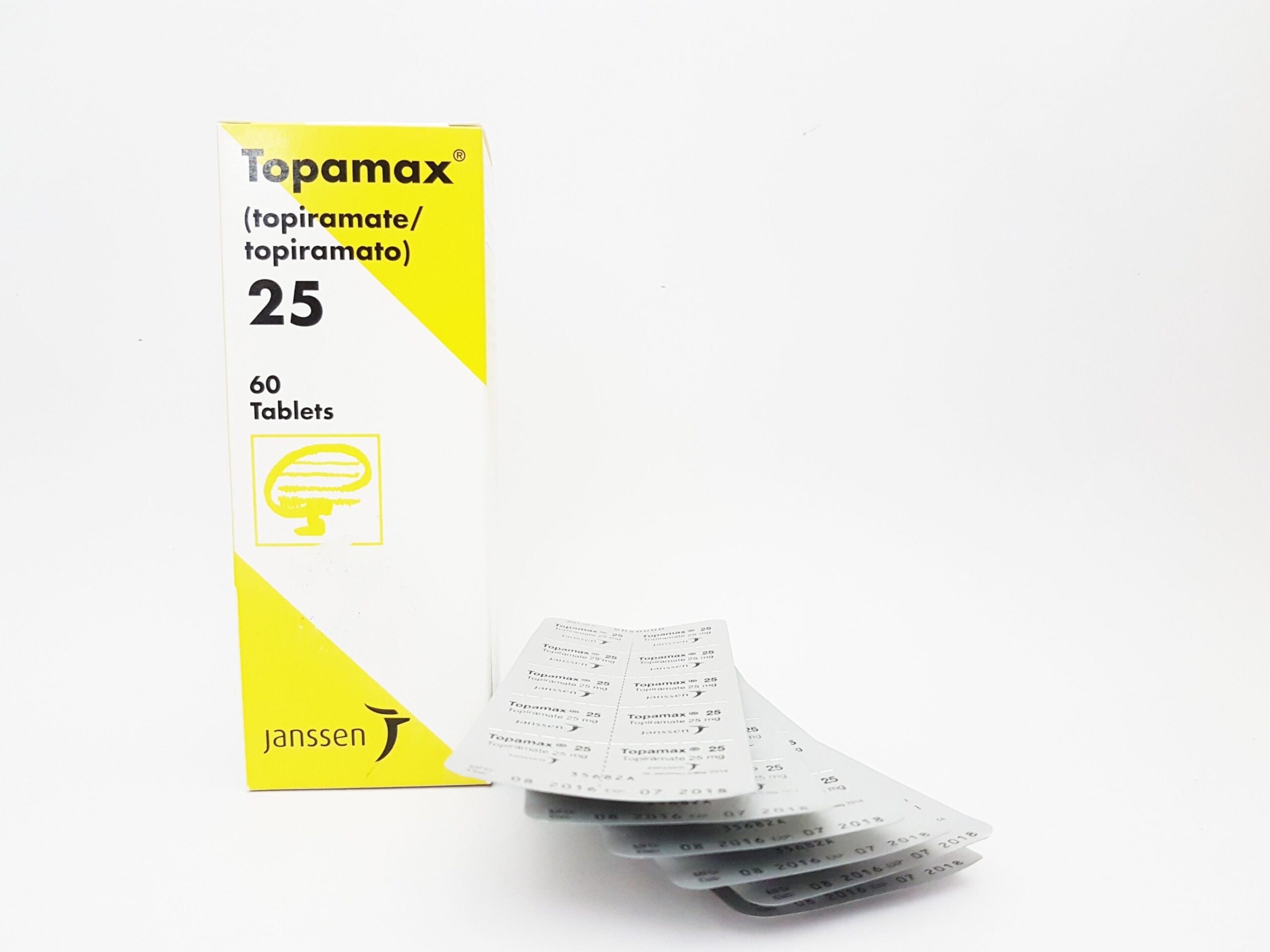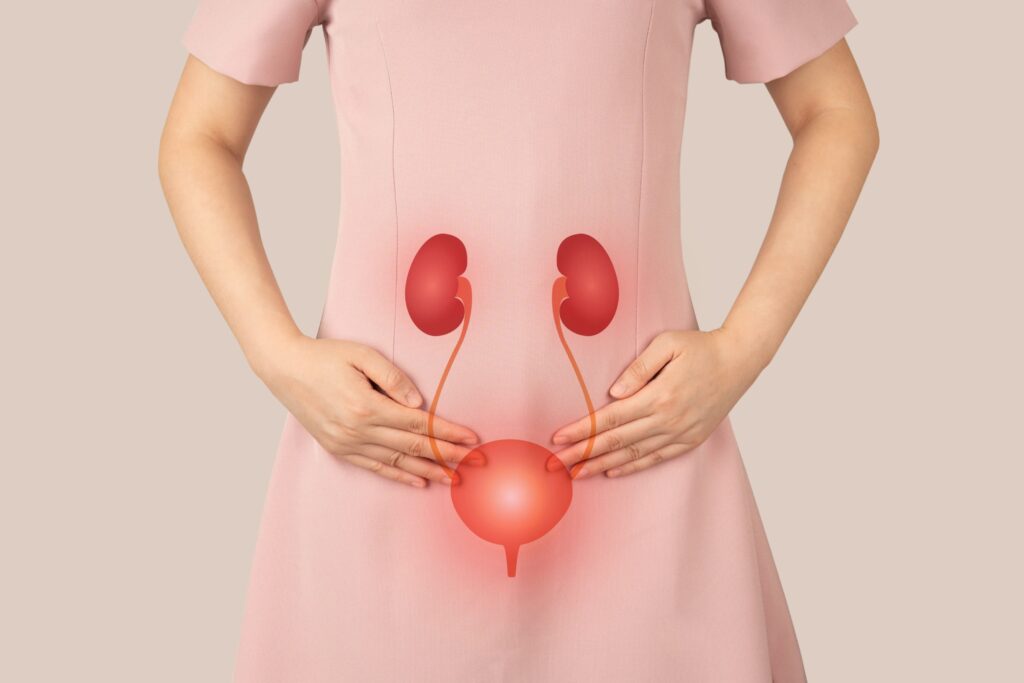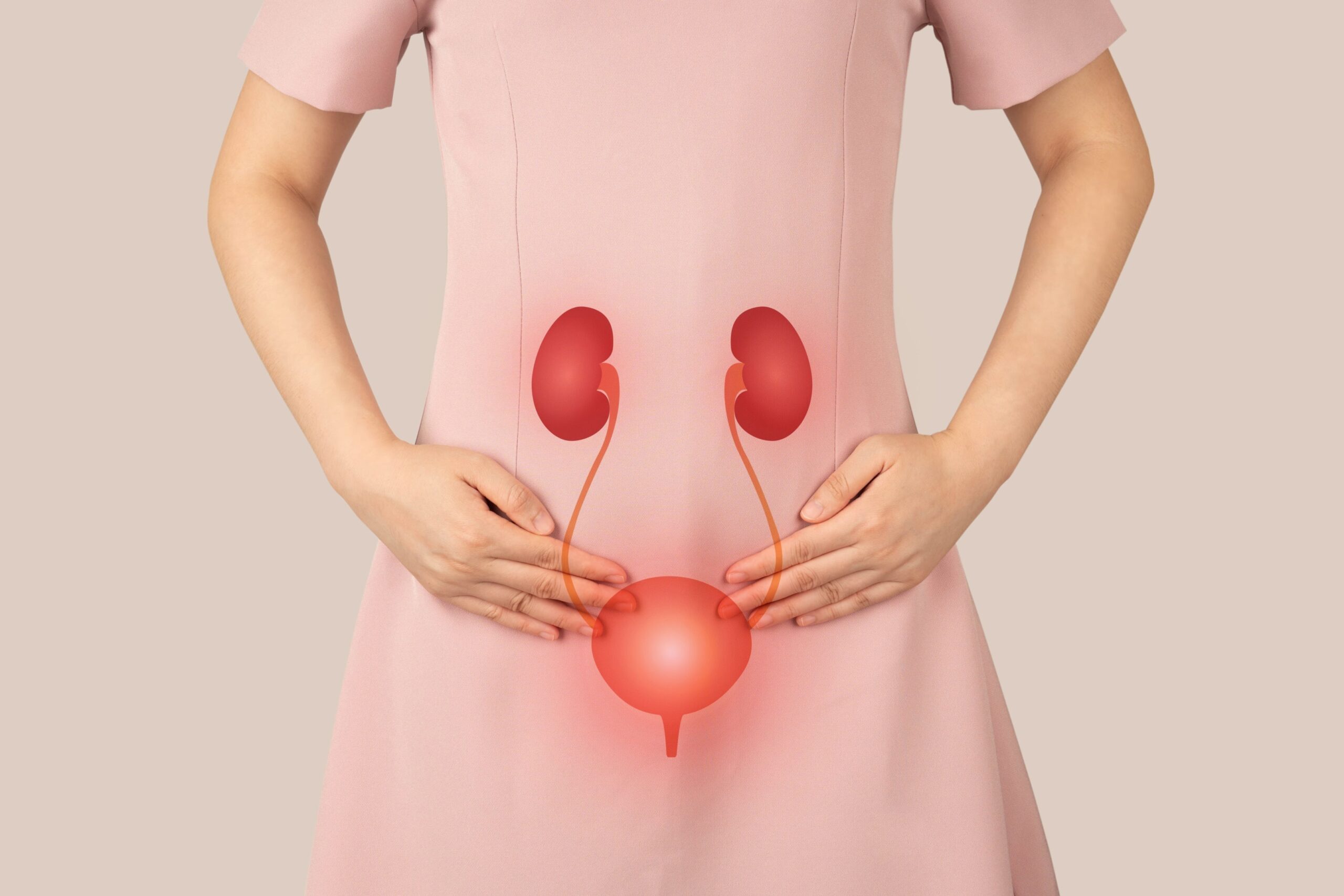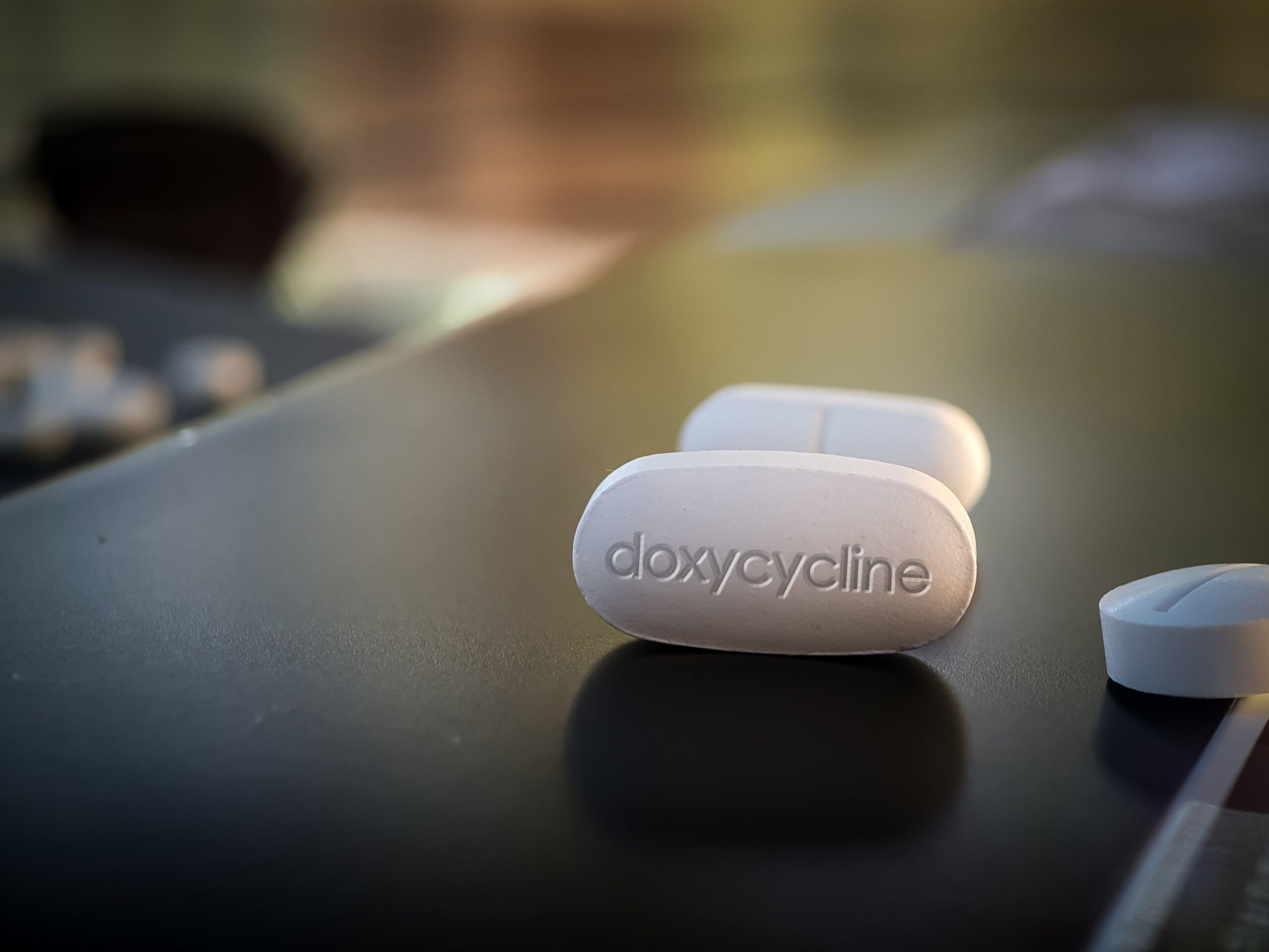Understanding Drug Prices on a Bitcoin Standard: A New Perspective
Understanding Drug Prices on a Bitcoin Standard: A New Perspective


Key Takeaways:
Significant Drug Price Increases: Prescription drug prices in the U.S. have risen by over 40% in some cases over the past decade, adding to consumer financial strain.
Bitcoin’s Deflationary Potential: With a fixed supply of 21 million coins, Bitcoin has historically increased in value, which could offset rising drug prices by up to 70% during periods of appreciation.
Examples Highlight Savings: For example, the cost of Abilify Maintena dropped by 61% in Bitcoin terms between 2018 and 2024, even as its fiat price increased by 76%.
Volatility Risk: Bitcoin’s price can swing by over 10% in a single day, presenting challenges for stable pricing and budget predictability in healthcare.
Historical Insight: The U.S. abandoning the gold standard in 1971 showed a shift that led to long-term inflation—moving to a Bitcoin standard could bring similar structural changes but with deflationary effects.
I. Introduction
As a pharmacist deeply involved in discussing healthcare economics and the potential of Bitcoin, I often think about how adopting a Bitcoin standard could reshape how we view essential costs, like prescription drug prices. In a world where inflation continues to erode the purchasing power of fiat currency and healthcare expenses rise yearly, examining what drug prices would look like on a Bitcoin standard opens the door to intriguing insights. Today, I’ll explore this concept by presenting examples of key medications and how their prices have changed over time when measured in fiat currency versus Bitcoin.
II. Brief History of the Gold Standard
Before we dive into drug pricing, it’s essential to understand the historical context of monetary standards. The gold standard was once the backbone of the global economy, where currencies were directly tied to a specific amount of gold. This system provided stability and curbed inflation, as the money supply could only grow if new gold were mined. However, in 1971, the U.S. officially abandoned the gold standard under President Richard Nixon, transitioning to a fiat currency system where money is backed solely by government regulation and trust. This shift led to greater flexibility in monetary policy and opened the door to higher inflation and devaluation.
III. The Current State of the Economy
Today, the U.S. economy operates on a fiat currency system where inflation and currency devaluation are persistent issues. This system allows governments to print money as needed, which can be helpful during economic crises but often comes at the cost of reduced purchasing power for everyday consumers. Prescription drug prices, in particular, have surged, outpacing inflation and placing significant financial burdens on Americans. These rising costs have fueled discussions around alternative monetary systems, including the adoption of a Bitcoin standard.
IV. Introduction to the Bitcoin Standard
A Bitcoin standard proposes that Bitcoin, a decentralized and deflationary digital asset with a capped supply of 21 million coins, could be the primary store of value and unit of account. Unlike fiat money, Bitcoin is not subject to inflationary pressures from excessive printing. Economist Saifedean Ammous popularized this idea in his book The Bitcoin Standard, which presents Bitcoin as a modern alternative to central banking and inflationary currencies.
V. Pricing Drugs on a Bitcoin Standard
Pricing drugs in Bitcoin means viewing their cost in terms of Bitcoin’s value rather than fiat currency. This approach underscores Bitcoin’s deflationary potential: as Bitcoin appreciates over time, the purchasing power for Bitcoin holders increases, potentially making goods and services, such as medications, more affordable. However, Bitcoin’s inherent volatility can also make prices unpredictable, which presents challenges for stability in healthcare costs.
VI. Examples of Drugs Priced on a Bitcoin Standard (with Detailed Bitcoin Pricing Analysis)
1. Abilify Maintena
Introduction: Abilify Maintena is a monthly injection used to treat schizophrenia and bipolar I disorder. It’s a crucial medication for many adults, impacting millions of Americans.
Price Trends in Fiat Currency:
2018: $1,480 per month.
2020: $1,830 per month (23.6% increase from 2018).
2024: $2,600 per month (42% increase from 2020).
Bitcoin Pricing Analysis:
In 2018, the average price of Bitcoin was approximately $7,657. If priced in Bitcoin, Abilify Maintena would have cost approximately 0.193 BTC.
By 2020, the average Bitcoin price rose to around $11,545. The cost of Abilify Maintena would then be roughly 0.158 BTC.
In 2024, with an average estimated Bitcoin price of $35,000, the cost in Bitcoin terms would drop to around 0.074 BTC.
Implications: Despite fiat price increases, the purchasing power of Bitcoin holders would have grown substantially over this period. Between 2018 and 2024, the drug’s cost in Bitcoin terms fell by about 61%, showcasing how holding Bitcoin could have offset price hikes in fiat currency.
2. Janumet
Introduction: Janumet is an oral tablet for type 2 diabetes management. Millions in the U.S. use it to help control blood sugar levels.
Price Trends in Fiat Currency:
2018: $6.87 per tablet.
2022: $8.34 per tablet (21.4% increase from 2018).
2024: $9.17 per tablet (9.9% increase from 2022).
Bitcoin Pricing Analysis:
In 2018, with the average Bitcoin price at $7,657, one tablet would cost approximately 0.000897 BTC.
By 2022, Bitcoin’s average price was around $47,500, bringing the cost down to approximately 0.000176 BTC per tablet.
If Bitcoin’s price averages $35,000 in 2024, Janumet’s price would be approximately 0.000262 BTC per tablet.
Implications: Although Janumet’s fiat cost rose by over 30% between 2018 and 2024, its price in Bitcoin terms decreased significantly (by about 70% from 2018 to 2022), showing the potential savings for those using Bitcoin during its appreciation.
3. Humira
Introduction: Humira is a biologic medication widely used in the U.S. to treat autoimmune conditions like rheumatoid arthritis and Crohn’s disease.
Price Trends in Fiat Currency:
2018: $2,353 per syringe.
2022: $3,121 per syringe (32.7% increase from 2018).
2024: $3,363 per syringe (7.8% increase from 2022).
Bitcoin Pricing Analysis:
In 2018, with Bitcoin at an average of $7,657, one syringe of Humira would cost approximately 0.307 BTC.
By 2022, with Bitcoin at $47,500, the cost in Bitcoin terms would be around 0.066 BTC per syringe.
By 2024, at an estimated Bitcoin price of $35,000, the price in Bitcoin would be about 0.096 BTC per syringe.
Implications: Although Humira’s price increased by over 42% from 2018 to 2024 in fiat terms, the cost in Bitcoin terms decreased significantly (approximately 69% from 2018 to 2022) during Bitcoin’s significant price surge. This illustrates how holding Bitcoin could protect against inflationary pressure and rising healthcare costs in fiat.
Overall Analysis:
These examples show that while drug prices in fiat currency have increased significantly, pricing in Bitcoin demonstrates potential affordability during Bitcoin’s appreciation. Bitcoin’s deflationary nature and increasing purchasing power could offset rising drug costs and other expenses, emphasizing why some proponents see Bitcoin as a hedge against fiat inflation. However, Bitcoin’s volatility remains a crucial consideration for real-world applications in healthcare pricing.
VII. Benefits of a Bitcoin Standard for Drug Pricing
Adopting a Bitcoin standard for drug pricing could revolutionize how consumers approach healthcare costs, introducing new ways to combat inflation and preserve purchasing power. One of the most significant benefits of a Bitcoin standard is its deflationary nature. Unlike fiat currencies, which can be devalued by excessive money printing, Bitcoin’s limited supply of 21 million coins ensures that it remains scarce. This scarcity can lead to long-term price appreciation, which means that individuals who hold Bitcoin could potentially increase their purchasing power over time.
For patients, this could translate to tangible benefits. If the cost of medications like Abilify Maintena, Janumet, or Humira continues to rise in fiat terms but decreases in Bitcoin terms due to Bitcoin’s appreciation, those who save or transact in Bitcoin could afford these essential drugs more efficiently. This effect could help mitigate the impact of rising healthcare costs, offering a way for individuals to protect their financial resources. Furthermore, using a deflationary currency could incentivize savings and delayed gratification, empowering patients to better manage long-term health expenses without being as affected by fiat inflation.
VIII. Challenges and Considerations
Adopting a Bitcoin standard for drug pricing comes with notable challenges despite the benefits. One major hurdle is Bitcoin’s price volatility. Unlike fiat currencies, which tend to experience relatively gradual changes in value, Bitcoin can experience significant price swings in short periods. For example, while a steep increase in Bitcoin’s value could make drug prices drop sharply in Bitcoin terms, a sudden downturn could make them more expensive. This unpredictability challenges healthcare providers, insurers, and patients who need to reliably budget and plan for medical expenses.
Another issue is infrastructure. The healthcare system would need substantial upgrades to price and transact effectively in Bitcoin, including developing new payment systems and integrating blockchain technology. Widespread education would also be necessary to help patients and healthcare providers understand how to use and manage Bitcoin safely. Additionally, regulatory challenges could arise, with governments potentially imposing policies that affect Bitcoin’s usability in healthcare transactions.
IX. Comparing Fiat and Bitcoin Standards
Under the current fiat system, drug prices are subject to inflationary pressures and central bank policies. Over time, these factors can lead to decreased purchasing power for consumers as prices continue to rise without a corresponding increase in income. For example, drug prices for medications like Humira have increased significantly over the past decade, burdening patients who rely solely on fiat currency. The fiat system also allows for flexible monetary policy, which can be beneficial during economic crises but often comes at the cost of long-term inflation.
On the other hand, a Bitcoin standard offers a deflationary alternative where prices for essential goods, including medications, could stabilize or even decrease over time. This deflationary effect is due to Bitcoin’s limited supply, which contrasts sharply with the infinite printing potential of fiat money. While this could provide increased affordability for Bitcoin holders, the volatility of Bitcoin could still pose risks. Consumers may experience steady price increases in the fiat system, but the value is relatively predictable. With a Bitcoin standard, the purchasing power could vary widely, creating uncertainty for those planning their healthcare budgets.
X. Historical Parallels: The Gold Standard and the Potential for a Bitcoin Standard
Understanding the historical shift from gold to fiat currency can offer valuable lessons when transitioning to a Bitcoin standard. The gold standard, which tied the currency’s value to a fixed amount of gold, provided stability and limited inflation. However, it also restricted the flexibility of monetary policy, which led to difficulties during economic downturns when governments needed to respond quickly. The abandonment of the gold standard in 1971 allowed for more economic maneuverability but introduced the long-term problem of inflation and currency devaluation.
A transition to a Bitcoin standard would involve similar trade-offs. Like gold, Bitcoin’s scarcity can offer long-term stability and protect against inflation. However, the shift would likely present challenges, such as managing economic crises without the flexibility of fiat printing and coping with the initial volatility inherent in Bitcoin’s market behavior. The lessons from moving off the gold standard highlight the importance of managing these trade-offs carefully, ensuring that economic policies can balance long-term stability with the ability to respond to immediate challenges.
XI. Conclusion
Examining drug prices on a Bitcoin standard highlights the potential benefits of using a deflationary asset to counter rising healthcare costs. While there are challenges, the concept of pricing essential goods in Bitcoin offers a fresh perspective on economic stability and consumer purchasing power. Adopting Bitcoin could change the way we value not only medications but also the broader economy.
Understanding Drug Prices on a Bitcoin Standard: A New Perspective Read More »


